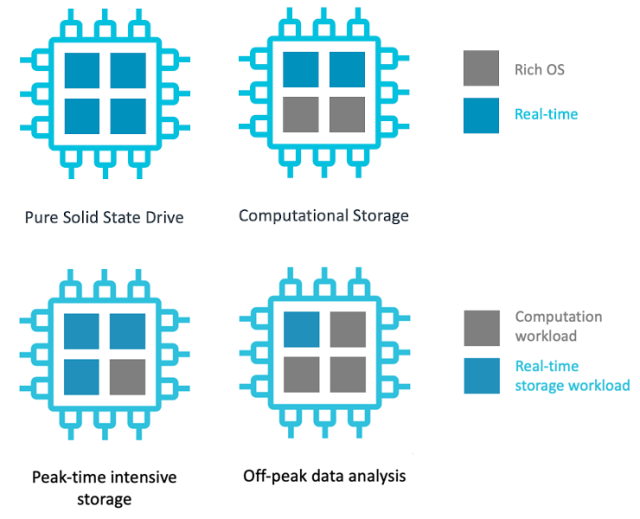Arm’s new Cortex-R82 is its first 64-bit real-time processor

Enlarge / The code in the background of this image is a bit too high-level for a typical RTOS... but it might run under Linux, on the MMU side of a Cortex-R82 real-time CPU. (credit: arm)
Last Friday, Arm announced the newest generation of its real-time processor series, the Cortex-R82. Most people are more familiar with the Cortex A-series of CPUs, which are used as the primary processors in devices such as smartphones and tablets, running full-fledged operating systems. The Cortex-R series, by contrast, is typically used for high-performance applications demanding "real-time" performance—meaning simple, predictable, and extremely low-latency response loops—in much simpler software stacks.
Earlier Cortex R-series processors weren't capable of running full-fledged modern operating systems, including Linux, because they utilized a simple Memory Protection Unit (MPU) rather than the more complex Memory Management Unit (MMU) needed to support functions such as virtual memory. This generally wasn't seen as a problem, since Real-Time Operating System (RTOS) workloads generally need to have much simpler, more predictable control loops.
Real-time versus multitasking

The Cortex-R82's cores can be dynamically assigned to either real-time or applications processing—the same device might have a different profile during the day than it does overnight. (credit: Arm)
The Cortex R-82 still offers a simple MPU, but it can be optionally configured with an MMU as well—and the CPU's cores can be individually, and dynamically, assigned to either. Arm's Neil Werdmuller hypothesizes storage controllers which might operate with different profiles during peak and off-peak hours, reassigning cores from real-time "pure SSD" duties to "computational storage"—likely meaning onboard AI analysis—as needed.
Read 4 remaining paragraphs | Comments
from Tech – Ars Technica https://ift.tt/3heelEs
Comments
Post a Comment